LAUNCH OF NURI POSTPONED AGAIN
입력 2022.06.16 (15:06)
수정 2022.06.16 (16:45)
읽어주기 기능은 크롬기반의
브라우저에서만 사용하실 수 있습니다.
[Anchor Lead]
Today’s scheduled launch of Korea’s first homegrown space rocket has been delayed after a technical problem was discovered with its oxidizer tank. The launch had already been postponed once when strong winds prevented the rocket from being transported to the launch pad.
[Pkg]
Nuri left the assembly plant Wednesday morning. The rocket arrived at the launch pad one hour later and was completely erected at around 11:30 a.m. The transport and erection processes had gone smoothly. But the situation changed abruptly at around 2:05 p.m. That was when a problem with the oxidizer tank in the first stage rocket was discovered. The Korea Aerospace Research Institute was conducting an electric inspection when an issue was detected in the level sensor inside the oxidizer tank.
[Soundbite] Ko Jeong-hwan(Head, KSLV-II R&D Directorate, KARI) : "There is a sensor that shows the charging level inside the oxidizer tank. The sensor should have changed when the rocket was stood up, but it remained the same."
KARI cancelled the briefing scheduled for 3:30 pm and attempted to fix the problem on the site, but finally decided that it could not be resolved immediately. The launch management committee met again at around 5 p.m. and decided to move Nuri back to the assembly site. The launch was postponed indefinitely. The decision was made in just three hours after the issue was spotted. Since it is hard to access the oxidizer tank when the rocket is standing up, it was transported back to the assembly plant to find the cause. Although Nuri is back at the assembly site, it will probably take some time for engineers to find the cause, fix the problem and conduct inspections again.
Today’s scheduled launch of Korea’s first homegrown space rocket has been delayed after a technical problem was discovered with its oxidizer tank. The launch had already been postponed once when strong winds prevented the rocket from being transported to the launch pad.
[Pkg]
Nuri left the assembly plant Wednesday morning. The rocket arrived at the launch pad one hour later and was completely erected at around 11:30 a.m. The transport and erection processes had gone smoothly. But the situation changed abruptly at around 2:05 p.m. That was when a problem with the oxidizer tank in the first stage rocket was discovered. The Korea Aerospace Research Institute was conducting an electric inspection when an issue was detected in the level sensor inside the oxidizer tank.
[Soundbite] Ko Jeong-hwan(Head, KSLV-II R&D Directorate, KARI) : "There is a sensor that shows the charging level inside the oxidizer tank. The sensor should have changed when the rocket was stood up, but it remained the same."
KARI cancelled the briefing scheduled for 3:30 pm and attempted to fix the problem on the site, but finally decided that it could not be resolved immediately. The launch management committee met again at around 5 p.m. and decided to move Nuri back to the assembly site. The launch was postponed indefinitely. The decision was made in just three hours after the issue was spotted. Since it is hard to access the oxidizer tank when the rocket is standing up, it was transported back to the assembly plant to find the cause. Although Nuri is back at the assembly site, it will probably take some time for engineers to find the cause, fix the problem and conduct inspections again.
■ 제보하기
▷ 카카오톡 : 'KBS제보' 검색, 채널 추가
▷ 전화 : 02-781-1234, 4444
▷ 이메일 : kbs1234@kbs.co.kr
▷ 유튜브, 네이버, 카카오에서도 KBS뉴스를 구독해주세요!
- LAUNCH OF NURI POSTPONED AGAIN
-
- 입력 2022-06-16 15:06:10
- 수정2022-06-16 16:45:04
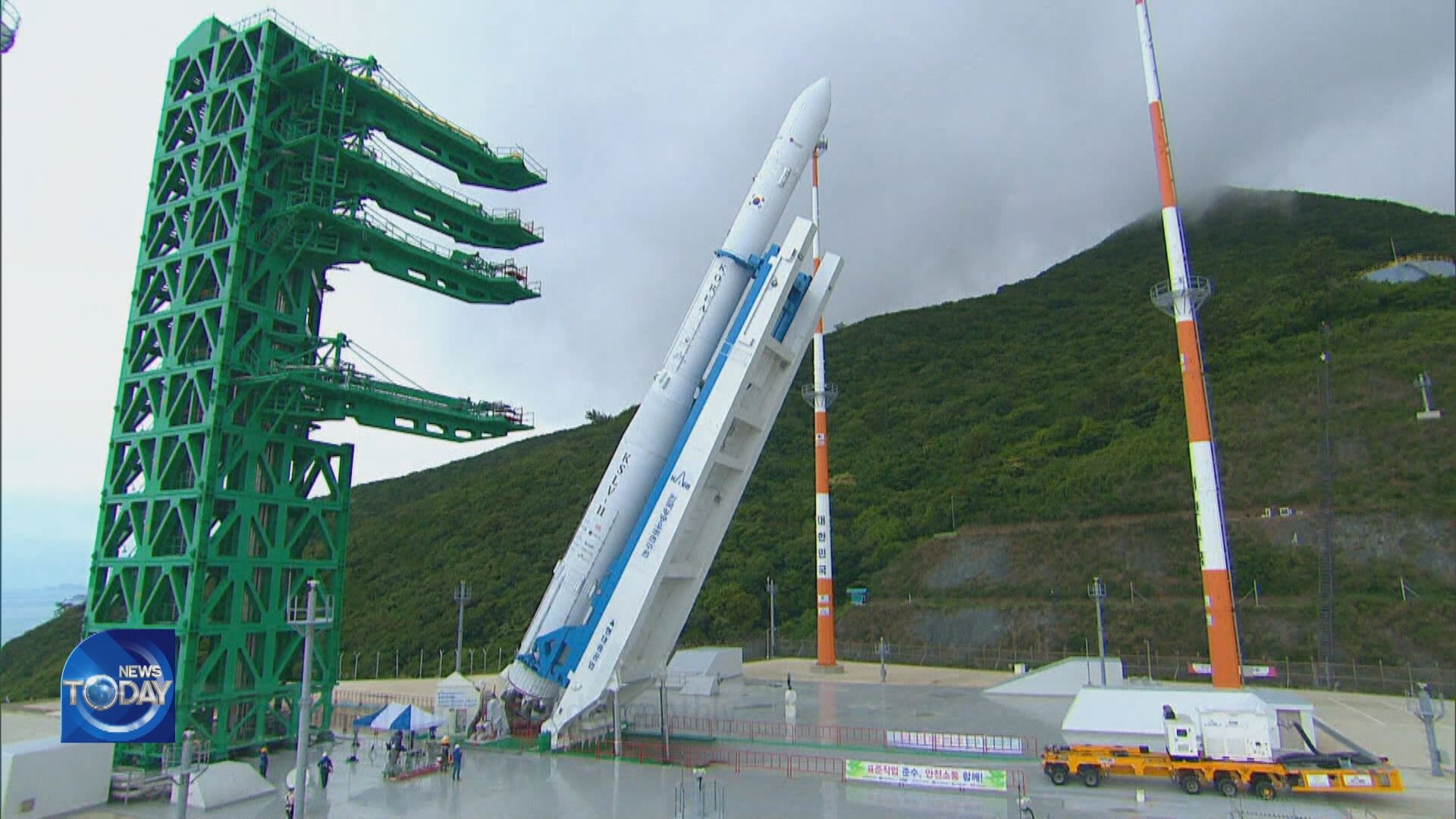
[Anchor Lead]
Today’s scheduled launch of Korea’s first homegrown space rocket has been delayed after a technical problem was discovered with its oxidizer tank. The launch had already been postponed once when strong winds prevented the rocket from being transported to the launch pad.
[Pkg]
Nuri left the assembly plant Wednesday morning. The rocket arrived at the launch pad one hour later and was completely erected at around 11:30 a.m. The transport and erection processes had gone smoothly. But the situation changed abruptly at around 2:05 p.m. That was when a problem with the oxidizer tank in the first stage rocket was discovered. The Korea Aerospace Research Institute was conducting an electric inspection when an issue was detected in the level sensor inside the oxidizer tank.
[Soundbite] Ko Jeong-hwan(Head, KSLV-II R&D Directorate, KARI) : "There is a sensor that shows the charging level inside the oxidizer tank. The sensor should have changed when the rocket was stood up, but it remained the same."
KARI cancelled the briefing scheduled for 3:30 pm and attempted to fix the problem on the site, but finally decided that it could not be resolved immediately. The launch management committee met again at around 5 p.m. and decided to move Nuri back to the assembly site. The launch was postponed indefinitely. The decision was made in just three hours after the issue was spotted. Since it is hard to access the oxidizer tank when the rocket is standing up, it was transported back to the assembly plant to find the cause. Although Nuri is back at the assembly site, it will probably take some time for engineers to find the cause, fix the problem and conduct inspections again.
Today’s scheduled launch of Korea’s first homegrown space rocket has been delayed after a technical problem was discovered with its oxidizer tank. The launch had already been postponed once when strong winds prevented the rocket from being transported to the launch pad.
[Pkg]
Nuri left the assembly plant Wednesday morning. The rocket arrived at the launch pad one hour later and was completely erected at around 11:30 a.m. The transport and erection processes had gone smoothly. But the situation changed abruptly at around 2:05 p.m. That was when a problem with the oxidizer tank in the first stage rocket was discovered. The Korea Aerospace Research Institute was conducting an electric inspection when an issue was detected in the level sensor inside the oxidizer tank.
[Soundbite] Ko Jeong-hwan(Head, KSLV-II R&D Directorate, KARI) : "There is a sensor that shows the charging level inside the oxidizer tank. The sensor should have changed when the rocket was stood up, but it remained the same."
KARI cancelled the briefing scheduled for 3:30 pm and attempted to fix the problem on the site, but finally decided that it could not be resolved immediately. The launch management committee met again at around 5 p.m. and decided to move Nuri back to the assembly site. The launch was postponed indefinitely. The decision was made in just three hours after the issue was spotted. Since it is hard to access the oxidizer tank when the rocket is standing up, it was transported back to the assembly plant to find the cause. Although Nuri is back at the assembly site, it will probably take some time for engineers to find the cause, fix the problem and conduct inspections again.
이 기사가 좋으셨다면
-
좋아요
0
-
응원해요
0
-
후속 원해요
0










![[HEADLINE]](https://news.kbs.co.kr/data/news/title_image/newsmp4/news_today/2022/06/16/10_5487701.jpeg)
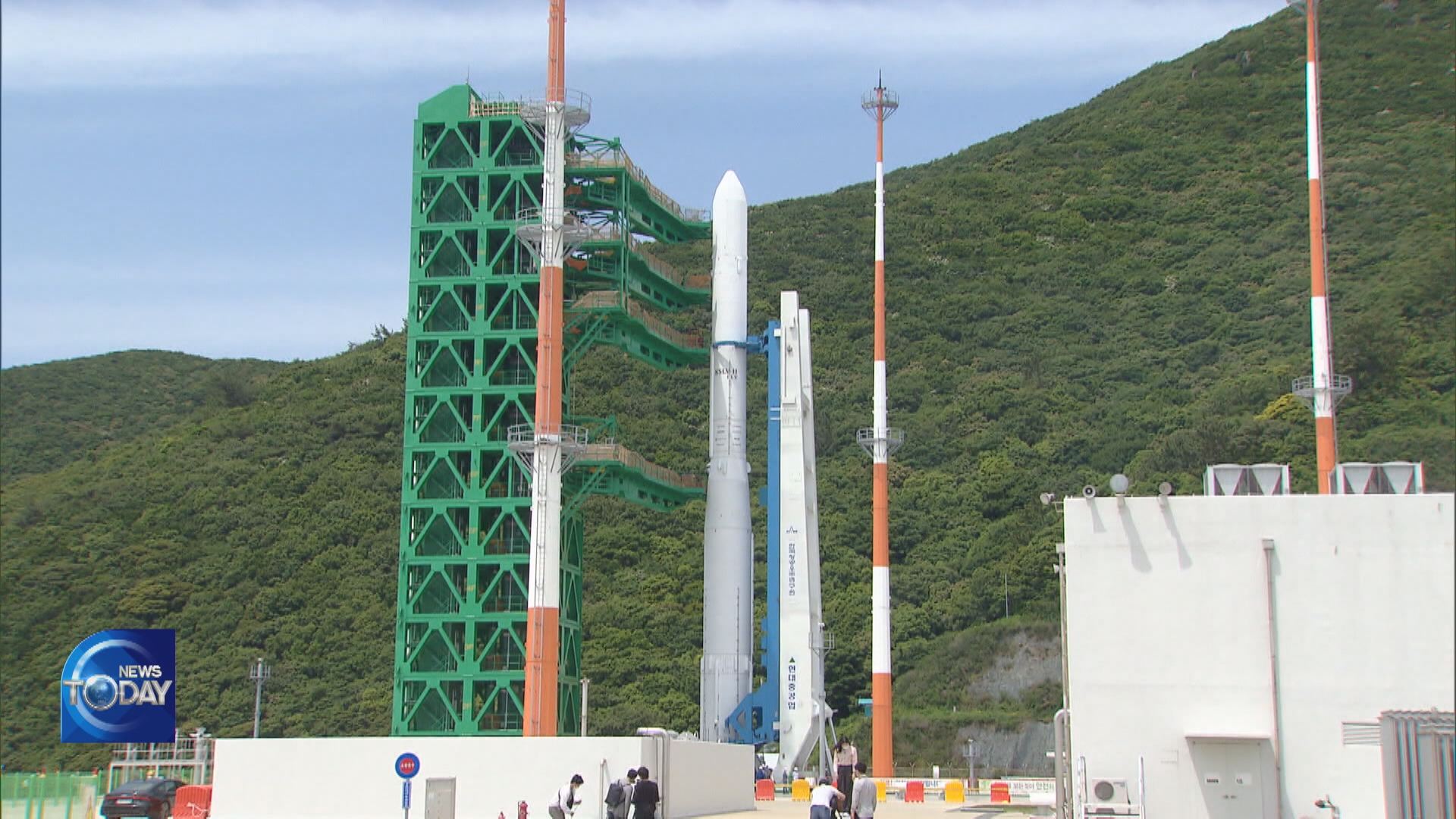
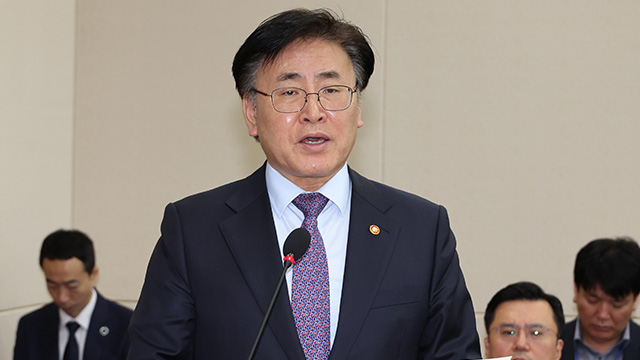
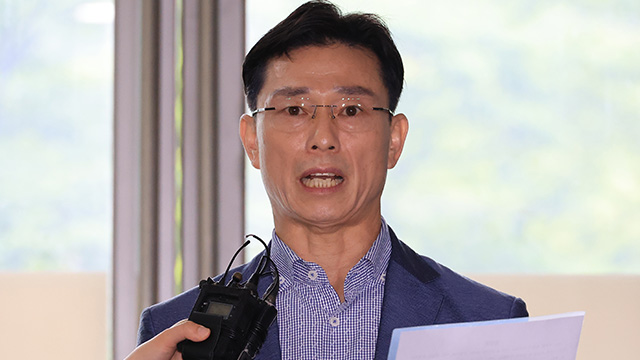
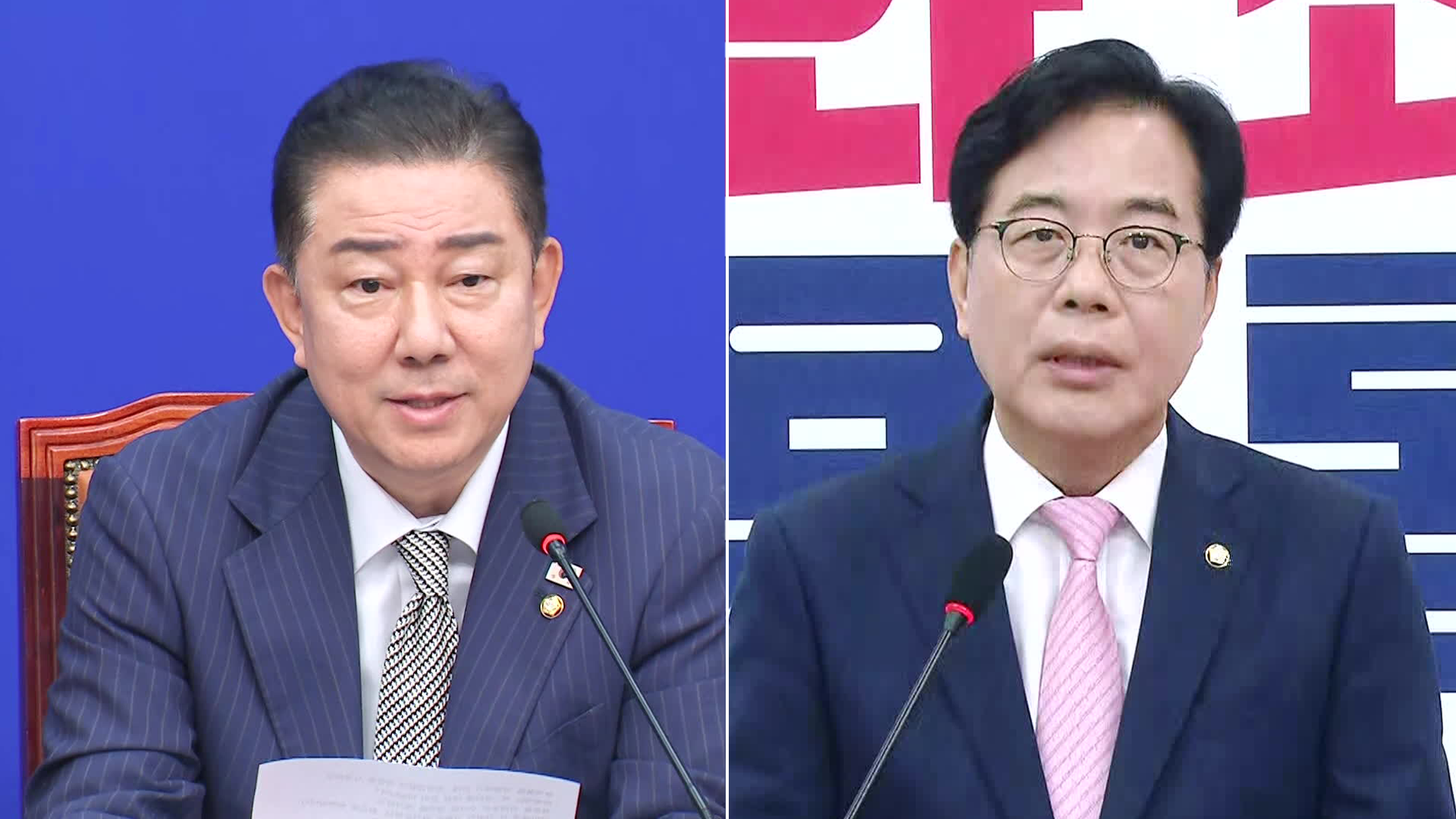
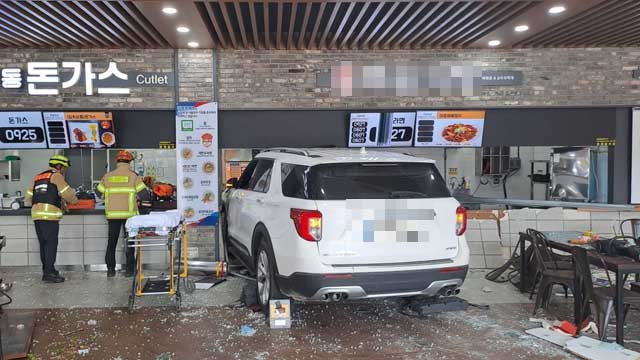

이 기사에 대한 의견을 남겨주세요.